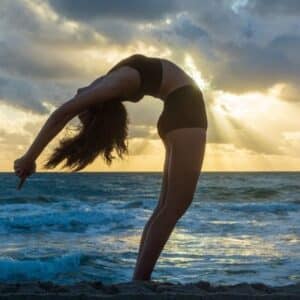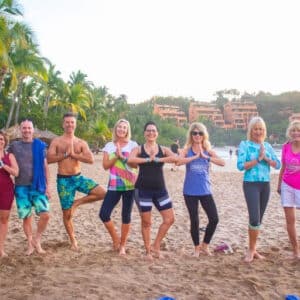Jana Rife
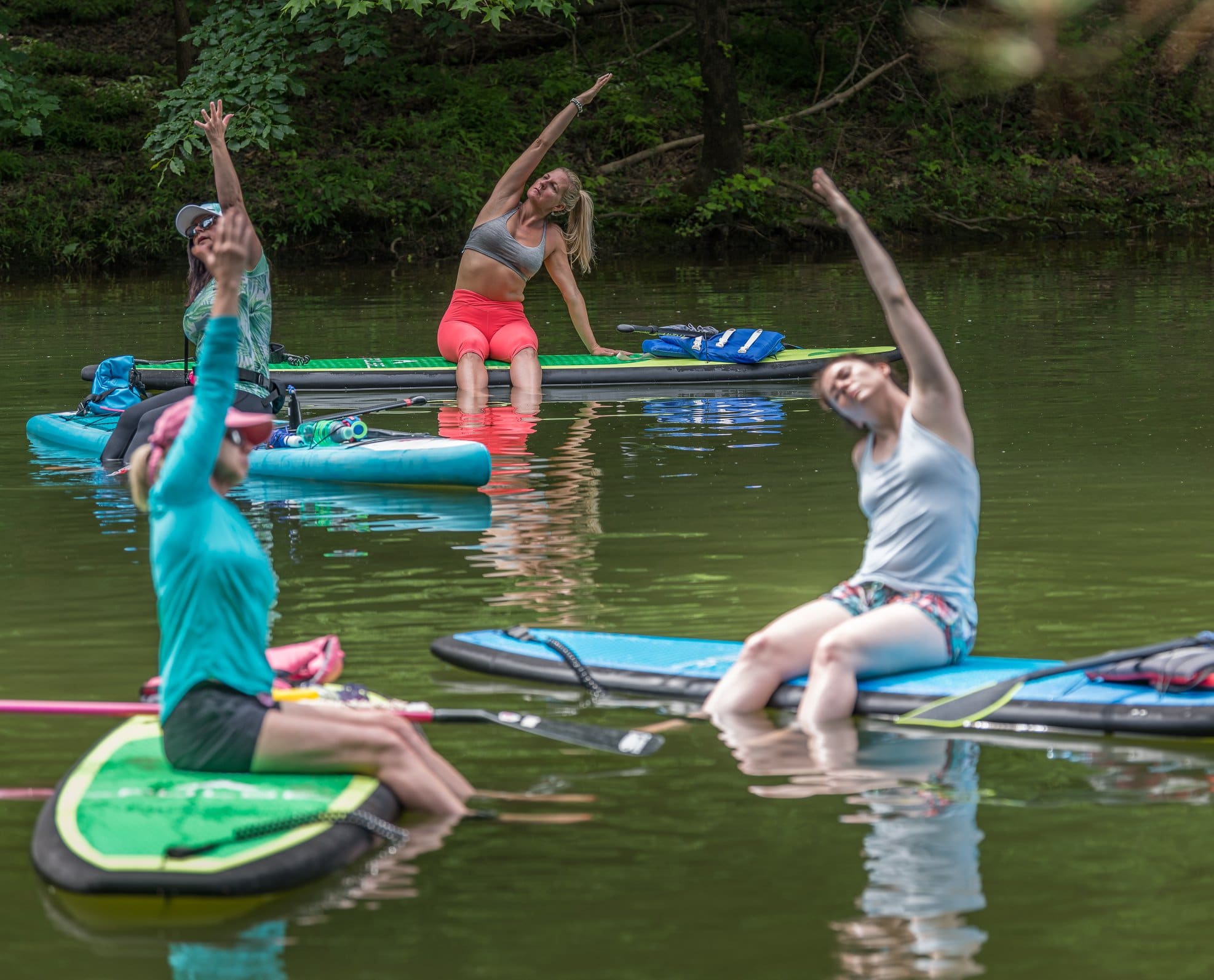
Long-Form Wellness Interview Series with Yoga Instructor Jana Rife.
Actionable insights and practical advice for your life, health, and business.
In this interview:
- Leaving corporate life, starting a business
- Why everyone can do SUP yoga
- Building your brand and connecting with clients
- Getting started with meditation (Insight Timer)
- The power of consistence and impact of a positive attitude
- Sound therapy…on the water
- Yin yoga and restorative yoga for life
Jana Rife is a north-Georgia based yoga instructor and paddleboard coach with over 500 hours of yoga teacher training hours and 2,000+ overall teaching hours. She holds an E-RYT 500-hour Yoga Teacher Training Certification registered with Yoga Alliance, a SUP Yoga Certification from Lazy Dog Paddle Yoga in Key West, Florida, is a PaddleFit PRO coach, and has a World Paddle Association Class ll Instructor Certification.
In addition, Jana has a diploma in Aromatic Medicine, is a Certified Aromatherapist with more than a decade of experience in aromatherapy, is a member of the National Association of Holistic Aromatherapy, and is the creator of Hanalei Bath.
She has studied under some of the leading experts in the field, including Gabriel Mojay of the International Federation of Professional Aromatherapists, Mark Webb of AromaMedix and Roz Zollinger of Heal Center Atlanta. Jana's mat-based yoga classes incorporate a sensory experience for students with essential oils.
-
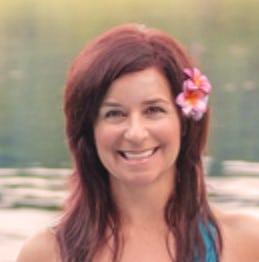
-
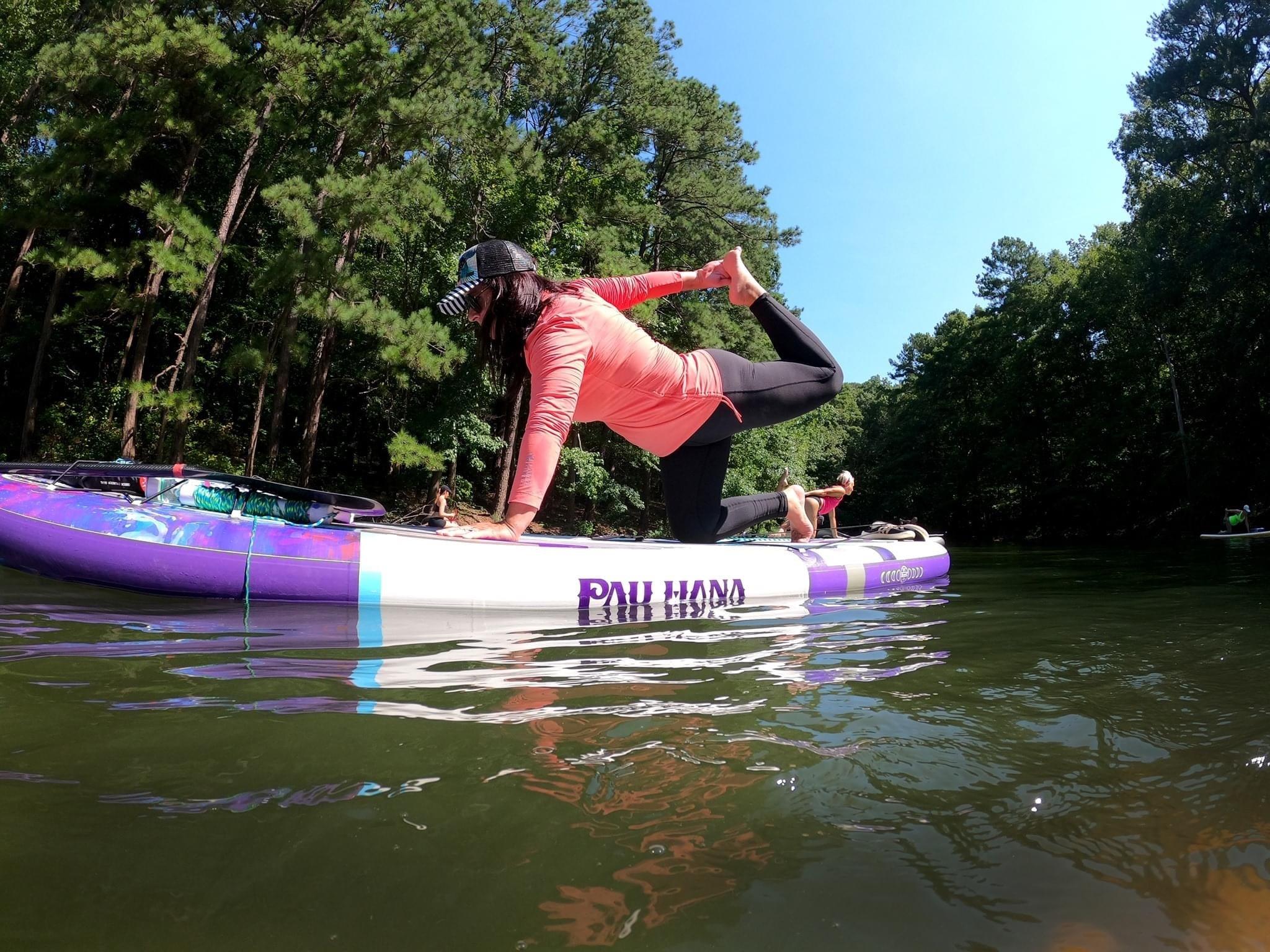
Jana Rife SUP & Yoga
Yoga, SUP, Aromatherapy, and Business
Anthony Mandela (AM): Jana, welcome and so nice to see you again! I’m excited to dig into this conversation and talk more about your background and business. Let’s start off with how you got your start in the yoga and wellness space.
Jana Rife (JR): Well, I guess you could say I got my start in high school–I was a dance major and my teacher was a yoga instructor. I went to a performing arts high school and at the end of the class my teacher would always do some yoga along with a guided meditation. Yoga didn’t quite stick at that early of an age, but, later on, when I had a stressful corporate job and was dealing with a high level of anxiety, I decided to pick up yoga again. I would often go into class stressed out and come out at the end very relaxed. I knew immediately that yoga played a huge part in calming my nerves and reducing stress.
One of my regular teachers encouraged me to sign up for yoga teacher training (YTT), so I decided to sign up for a 9-month long 200-hour training course. About 6-months in, I decided to quit my corporate job. A couple months after that, I travelled to Key West to get my SUP yoga credentials while finishing the final phase of my YTT. Right afterward, I jumped in headfirst and started my SUP yoga business.
AM: It sounds like you decided to pursue SUP yoga quickly, before you had even finished your YTT. What drew you to that niche area?
JR: The short answer: I love water. My husband and I enjoy taking trips to Hawaii and the islands are my special “go-to” place. One year, I wanted to learn how to paddleboard; we bought a lesson package and went up the Hanalei river, ending in the Hanalei bay, and I loved it. The next year I took a SUP yoga class for the first time in Oahu and it was an incredible, life-changing experience. I knew right then that I wanted to teach the skill to others.
I came back home, took some additional SUP yoga classes in the Atlanta area, and haven’t stopped practicing and teaching since. I love it because you get all the benefits of yoga with the relaxation of being on water, in touch with nature and in the sunshine. It’s my happy place and I love sharing it with others.
"Anyone can do it [SUP Yoga] regardless of whether they have a background in yoga or not. It’s easier than it looks..."
AM: You described SUP yoga as a life-changing experience. Is there something specific [about this type of practice] that makes you attribute such a high level of significance to it?
JR: Well, being on the board in the water is an amazing feeling, but part of my first experience was in Hawaii, so I’m sure that contributed to what I’ll call an “Aloha high.” Picture being on crystal-clear water, looking down at the tropical fish. The sun’s rays warm you from above while you drink in the view of an awe-inspiring volcanic crater rising right in front of you. It was one of those rare, incredible sensations that fill you with joy. It really stuck with me.
AM: How easy is it for someone who has never done SUP yoga before to learn?
JR: Anyone can do it. I have a lot of yoga clients who’ve had SUP yoga on their bucket lists. And I’ve also had clients who have never done yoga or SUP who I have taught to do SUP yoga. I first teach them how to paddle and they participate in their first class with me and do just fine. All my classes start off low on the board and we build up to standing. At the beginning of every class, I run through an intro—if someone comes to class and doesn’t know how to paddle, I give this primer before they even get on the water. Then we paddle out to our practice spot on the water, so everybody gets the chance to practice.
Most importantly, I make sure participants are comfortable on the board and do not stand until they are ready. The boards are long and very stable, and most people pick up the fundamentals quickly, regardless of whether they have a background in yoga or not. It’s easier than it looks.
AM: What would you say are some of the main differences between yoga and SUP yoga? Anything that throws people off a bit?
JR: The biggest thing is you have to slow down. Someone who practices yoga regularly might show up to a SUP class and be used to flowing quickly; you can’t really move too fast on the board, you have to slow down. This is a good thing. If you are stronger on one side than the other, you will notice right away. I think SUP yoga really helps balance out both sides of the body.
"I do cold compresses and use an essential oil blend everybody loves...after class I paddle around and give everyone a cool, scented compress they can place on their forehead as they relax and float on their boards"
AM: What would you say is your teaching area of expertise? Could you also explain your teaching style?
JR: This will be my eleventh season on the water, so SUP yoga is definitely a strength and passion of mine. I also have a lot of training + teaching hours in yin yoga and restorative yoga. This background along with my calm personality [I’ve had many of my clients tell me I have a soothing voice] is one of the gifts I bring to all of my classes. I tend to gravitate toward the things that have helped me alleviate stress. I know a lot of people are stressed out and they come to a yoga class to relax. Even though SUP yoga is active, and you have to have a measure of strength and balance, it is also very relaxing.
AM: I confirm you have a calming presence and personality! If you were to pick a theme for a workshop, what would teach and why?
JR: I do SUP yoga teacher trainings, so I always enjoy leading those. I’m also a class II instructor with the World Paddle Association and teach a one-day training on that skill. I’ve put together restorative yoga teacher trainings and am a certified aromatherapist, so I have taught workshops on everything from intro to essential oils to sessions on how to craft personal blends for anxiety, stress, and depression relief. So, I guess I’m prepared for a variety of topics!
AM: Have you ever incorporated aromatherapy into one of your SUP classes?
JR: Yes, I do cold compresses and use an essential oil blend everybody loves—I call it my shavasana blend. I freeze the compresses beforehand so they are ready by the end; after class I paddle around and give everyone a cool, scented compress they can place on their forehead as they relax and float on their boards. It’s usually very hot in Georgia in the summer, so it is very refreshing.
Yin and Restoration, PaddleFit, Hanalei Bath, Sound Therapy
AM: Is there anyone you look to for inspiration in your business and/or yoga practice? Or other resources you’d like to share?
JR: I did my SUP level one and level two training with Lazy Dog in Key West, Florida. I follow the ladies that run Lazy Dog and they are always an inspiration. These women have great energy, are courageous, and have a lot of fun. I try to bring the same type of energy to my classes as well.
I also recommend a book called the Complete Guide to Yin Yoga by Bernie Clark. This was the book I would carry in my bag and use all of the time when I was teaching in studio. It’s a must-read for anyone interested in yin yoga.
AM: Is there a commonly held yoga myth you’ve come across while teaching that you could take a minute to debunk? Or perhaps a preconceived notion about SUP yoga you would like to address?
JR: I hear people say they can’t do yoga (or SUP yoga) because they aren’t flexible. With SUP you actually don’t need to be flexible, you just need core strength. And really, even if you don’t have core strength, you can still do SUP yoga because we do so much on our hands and knees. Everything can be modified. When I first started practicing yoga, I couldn’t touch the floor and I even had one teacher tell me: “if you can’t touch the floor, bend your knees.” Things take time and consistent practice.
"As a yoga teacher, it’s so fulfilling to see the progress of your students, both on and off the water."
AM: What do you enjoy the most about teaching?
JR: Definitely connecting with my clients. I work with an amazing group of people that I have a lot of fun with. When you are out on the water, you have great conversations with people and get to know them well. I also love seeing the transformation—when someone goes from never paddling before, making excuses about how they are going to fall into the water, to standing on the board and then completing a full class, it’s amazing to watch. As a yoga teacher, it’s so fulfilling to see the progress of your students, both on and off the water.
AM: You’ve talked some about your businesses and I’d like to know more. How did you decide to start your own business? What sparked your interest?
JR: My husband and I opened a franchise when I was 26, so entrepreneurship is something I have been interested in for a long time. When I was working in my corporate job, I wasn’t happy and knew it wasn’t my calling. I have a lot of ideas and want the freedom to offer a variety of services to my clients. Owning a business has always been a vehicle for me to be able to do this.
Before I started my yoga business, I created Hanalai Bath—a custom soap and aromatherapy company—that began while I was still working my corporate job back in 2012. I made my first soaps for a friend’s baby shower. Everyone loved the product and my family recommended I start selling at local farmers markets. The business continued growing each year and I now sell on Etsy, wholesale, and at a variety of markets, including the Cotton Mill Exchange in Downtown Canton, GA and the Mill on Etowah.
AM: Soaps only?
JR: I also do body butters, lip balms, bath salts, and I have an aromatherapy line. I also do custom personal blends.
AM: Very interesting. What is your workflow process when you are thinking about making a new product? Where do you start?
JR: I make my soaps from scratch and usually do large batches at a time. It’s all cold-processed and takes about 4 weeks to cure. It’s an extensive process. The main ingredients are coconut and olive oils. I also use shea butter. Other ingredients may include rice bran, castor, and avocado. And then I blend in the essential oil(s) and other fragrance oils.
AM: What are some of your most popular items?
JR: Eucalyptus spearmint and oatmeal milk and honey are two of my most popular soaps; body butters are quite popular, and my tranquility and lavender butters are top sellers. For custom orders, I do a lot of sleep, anxiety, and pain/headache management blends.
I work with a local olive oil company, VSOP Olive Oil Taproom in downtown Norcross GA—the owner is always asking me to try out different virgin or extra virgin oils; his creativity is really inspiring!
"PaddleFit classes incorporate a variety of different exercises on the board—you can think of it kind of like HIIT training on the water..."
AM: Could you tell me more about your stand-up paddleboard business? What are the services and products you offer in that line of work?
JR: I have a variety of classes I teach—SUP yoga; PaddleFit and PaddleFit Pro classes; introduction to paddleboard; glow and flow (with lights on the board under a full moon); floating meditation (yoga nidra), and a 3-day SUP yoga teacher training.
A quick note to describe PaddleFit: these are classes on the board that incorporate different exercises—you can think of it kind of like HIIT training on the water. I set up buoys and have my clients sprint (fast) paddle between the buoys to get their heart rate up. Then they complete a set of exercises, such as squats, paddle back around the buoys, and complete a set of different exercises, like pushups. It’s a fantastic workout and a great way to get your heart rate up while working on strength and balance.
I also do yoga excursions and retreats. This past year I collaborated with Akasha Searcey a sound healer and yoga teacher, to put on a floating in Sound experience. Akasha played the gong and crystal bowls while we floated on paddle boards in the pool. It was such an incredible experience.
AM: Wow, I’ve never heard of anything like that before. Such a creative idea…anything else we should know about?
JR: Well, in my free time, I volunteer at a Newfoundland rescue in my area. I love animals and this is a breed of dog that has a special place in my heart.
Power of a positive attitude, Consistency, Connection, and Meditation
AM: What are some of the skills you possess that you think are especially important for success in business?
JR: I’m passionate about what I do, so I think that really shows. People feel that energy. It sounds cliché, but I do believe that you need to identify your values, and then do what you love in order to find success. I have deep experience in my field and have completed many different trainings over the years. There is a lot that goes into putting together a good SUP class and you have to have knowledge of the different requirements necessary to conduct a safe and fun class on the water.
AM: Several people I have talked with over the years have identified passion as a key ingredient for success. Can you talk a little bit more about this? Perhaps share a story about how you found passion in your life?
JR: I found my passion through yoga; I had some nudges along the way through friends. I think it is normal for us to doubt ourselves—maybe we have an idea and then fear holds us back. Encouragement from friends was helpful and then completing the teacher training helped me find the courage to strike out on my own.
"Really commit and stick with something"
AM: What tip(s) might you give to someone looking to take their yoga practice to the next level?
JR: Consistency is the number one tip I would give. Really commit and stick with something. When it comes to SUP, I think changing up the board length really makes a big difference. A smaller board makes things more challenging and can keep your SUP yoga practice interesting, so I recommend experimenting with different board lengths.
AM: Given what you have learned now, as an entrepreneur and business owner, is there a piece of advice you might give to others aspiring to start or build their own business?
JR: Something that has always helped me in this line of work is having a positive attitude. It is something small that can have a tremendous impact on your business. Think first on what you are grateful for. Also, I believe having different revenue streams is important. Diversify your income.
AM: On the flip side, is there a common piece of advice you hear in your field that you would encourage people to ignore?
JR: You know, social media is so popular right now, and I often see people focus so much on promoting events or classes on social media that they forget about the relationship component of their business. Although I do believe social media is an important promotional channel, building relationships and taking excellent care of clients is the most important component of my business. My students and clients are always there to support my businesses and they give such fantastic feedback. Having a genuine connection with my students, allowing them to generate ideas, has helped me build positive word of mouth over the years. It’s so important to foster these authentic relationships—I just don’t think you can really build this over social media.
"Start with a short, guided meditation and do not have high expectations in the beginning. I recommend trying out a variety of meditations."
AM: You already shared one of the books you like to use as a yoga-specific resource, are there any other general resources you might like to recommend?
JR: Anybody can do restorative yoga and I like to recommend the book Restorative Yoga for Life by Yoga Journal. The pictures are great—it is such a useful resource, especially as a tool to fight anxiety and depression.
AM: How about one of the most worthwhile investments you have made? This could be an investment of time, energy, money, etc.
JR: I can’t imagine being able to do what I do without the investment I have made in all the trainings over the years. Also, right at the beginning of the pandemic, I had some clients who wanted to get away and I ended up planning a yoga excursion to dauphin island in Alabama. We spent the week paddling on the water and doing yoga and I asked the catering company to include a Thanksgiving dinner menu as a reminder to prompt us to think about all the things we had in our lives to be thankful for. This was time well-spent, a great investment, and it helped me think about the pandemic differently. It also helped me realize how much people wanted, and needed, to escape—to recharge and relax.
AM: In the past 5 years, what belief, behavior, or habit has most improved your life?
JR: A daily meditation practice.
AM: What does that look like for you?
JR: I do a guided meditation at night. Sometimes it is with Deepak (Chopra), sometimes it is on Insight Timer, and sometimes I’ll do yoga nidra. It helps me stop the monkey mind and relax before I go to bed. Even though I teach others to relax, I need to make sure I am doing self-care as well.
AM: If someone has never done meditation before, where do you recommend they start?
JR: Start with a short, guided meditation and do not have high expectations in the beginning. I recommend trying out a variety of meditations; don’t give up—keep trying until you find something that works for you.
AM: As we wrap up, are there any projects you’re working on right now that you are especially excited about?
JR: I’m planning a couple trips out to Arizona: a SUP yoga teacher training in and a World Paddle Association Class I instructor course in June that I’m preparing for right now.
AM: Excellent. And what are you envisioning for your upcoming summer retreat? What have you been talking about so far with your co-leader Grace Stephen?
JR: We are incredibly excited to take our clients to Costa Rica. Yoga in that bay at the Mangroove is going to be amazing and I think it is awesome that the resort already has the paddleboards for us. This is going to be an active retreat, but we also plan to offer plenty of yin and meditation yoga sessions for stress relief.
AM: Jana, this has been a pleasure, thank you so much for taking the time.
JR: Thanks, Anthony. Talk soon!
-
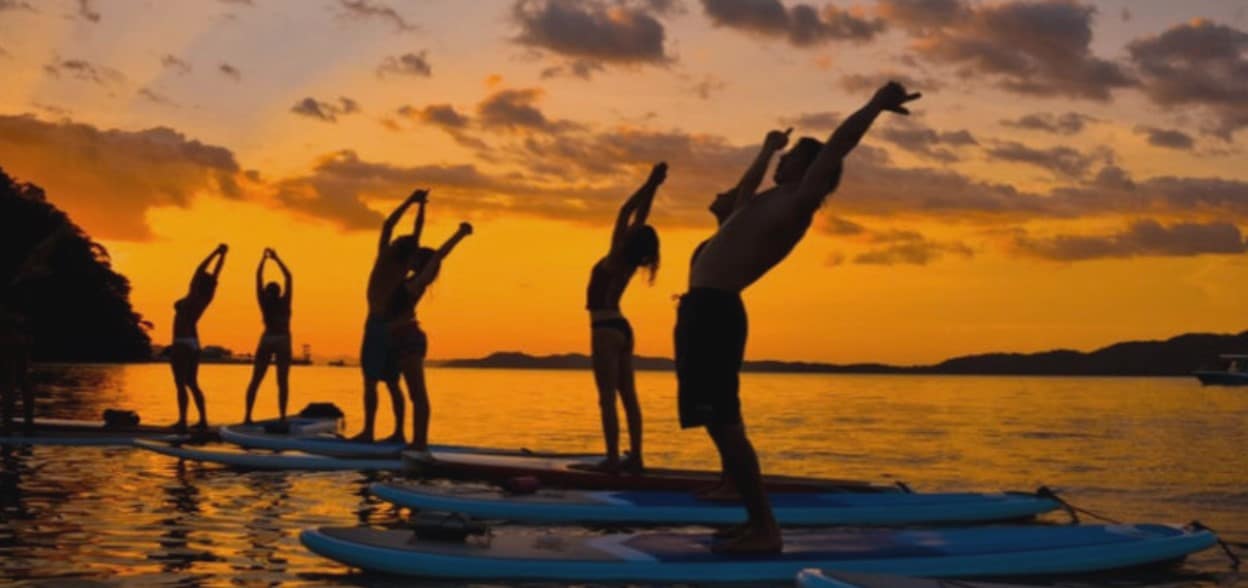
-
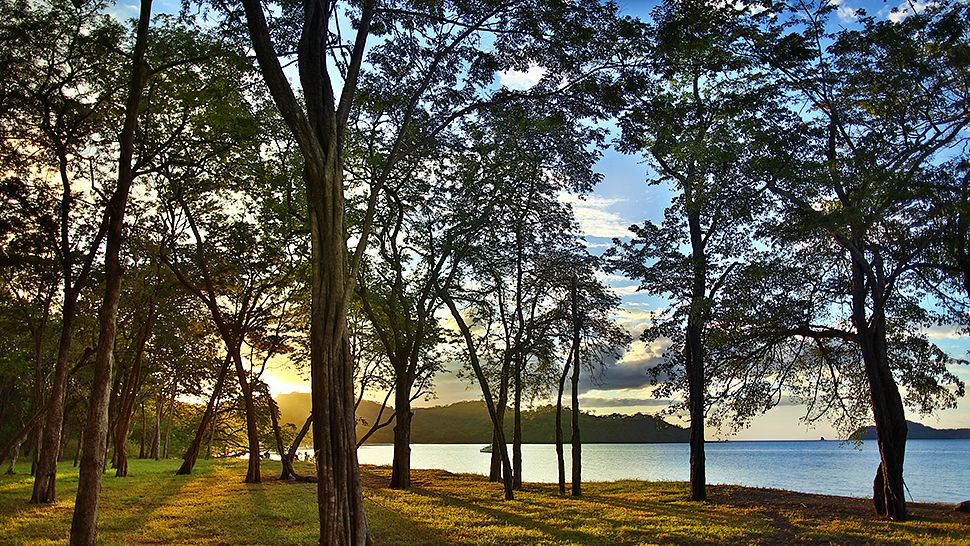
-

Retreat with Jana Rife and Grace Stephen
Reader Note: Thanks for taking your valuable time to read this long-form interview. I hope these stories help you discover inspiration and advice that improves your life in a meaningful way.
Interested in receiving a periodic newsletter with curated, quality content (edited, long-form interviews) from successful fitness professionals around the world? If so, I’d love it if you would sign up here.
Are you a professional in the fitness industry with over five years teaching experience? Would you like to learn more how my retreat leader matching and logistics services can help propel your business to the next level? If so, please take 5 minutes to tell me more about your goals, experience, and areas of expertise here.




